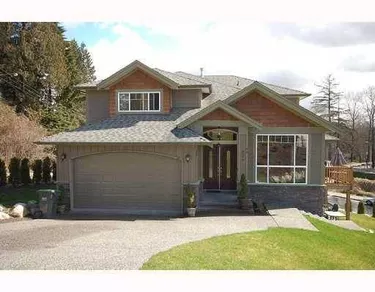
Calculating property values is as much art as science. Think of property valuations as a sophisticated "flea market." Eventually, all properties are worth whatever a buyer is willing to pay for them. However, you can get a reasonable value calculation by following the steps noted. You will have an advantage over average people and can help justify your opinion of value to real estate agents and appraisers.
Step 1
Make a checklist of the basic attributes of the property you want to evaluate. Primary items should include style of the house, number of bedrooms, number of bathrooms, square footage of land (lot, acreage or deeded amount of land) and the precise location of the property.
Video of the Day
Step 2
Find out what properties are selling for in the immediate area of your property. Use www.realtor.com or a similar Internet source. Neighborhoods and property values can change dramatically in a very small area. Compare at least three properties that are very similar to yours.
Step 3
Locate recent sales (within the last 4 to 6 months) if you can, as you'll have a better idea of your property value. In the wonderful world of real estate, asking prices may or may not be solid indicators of fair market value (FMV). Finding actual sales prices may present a more difficult challenge than locating asking prices. You may need to contact a certified real estate appraiser or a real estate broker to get this information. It is important to only use recent sales prices, as FMVs can change rapidly in a down or up market.
Step 4
Make a simple grid or table once you've found three or four similar properties for sale or that have been sold. Across the top, write the addresses and asking/sales prices of these properties and your home. Unless you've found exact duplicates of your property, which is actually possible in some housing developments, you'll have to add or subtract some values for things like extra bedrooms, baths, land area, age, square footage and other amenities (sheds, garages, in-ground pools, decks and fireplaces).
Step 5
Make financial adjustments to the other properties to calculate a more accurate FMV for your home. For example, if you have two fireplaces and the other properties have one, add an amount to each of their FVMs. Or, should two of them have one more bathroom than your home, subtract a value from their asking/sales price. This may sound a bit strange, as you might think you should make adjustments to your FMV, but, as certified appraisers know, this is the proper way to determine your value. Add extras you have to their FMV and subtract extras that they have from their asking/sales price.
Step 6
Analyze the average selling price of the homes after making your adjustments to the comparable properties. You should now have calculated a reasonable FMV for your property. By adjusting their features to make them "equal" to your home, and using a neighborhood cross section of similar homes at current prices, you should have a good idea of the FMV of your property. A certified appraiser will use this same methodology, although in greater detail, to arrive at the FMV of your property.
Tip
To make your financial adjustments valuable, compare your property only with similar others as close to yours as possible. If you live in a rural area or have the best/least house in your neighborhood, you can expand your geography to find comparable properties. Just be diligent with your financial adjustments.
Warning
Even if a property is in your neighborhood, try to avoid large adjustments. For example, if one block away a similar home is waterfront property, it is not a true comparable property. Don't assume your calculation is valid for eternity. Market prices can change rapidly, in both up and down markets.
Video of the Day